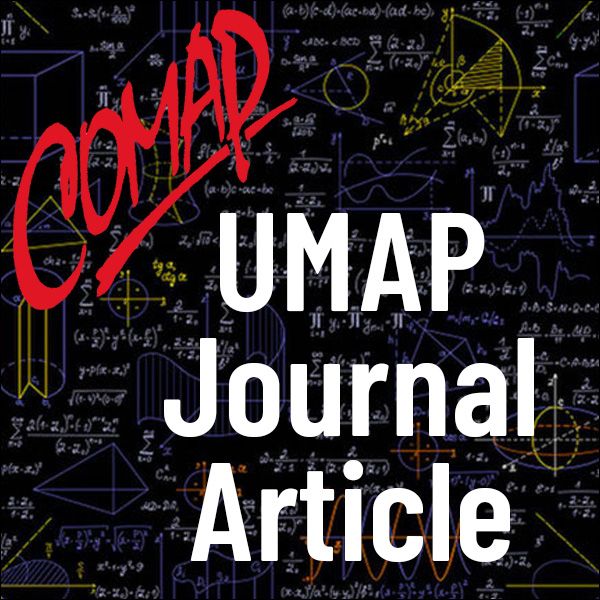The CWS Model of Alzheimer's Disease
Author: Paul A. Isihara with Anne Bowen, Isaac Brown, Tim Dennison,Wesley Hanna, and Kyle Williams
Alzheimer Disease (AD) is the most common form of dementia and the sixth leading cause of death in America. Currently there is no cure. Alzheimer's involves a debilitating loss of brain function that affects memory, thinking, and behavior.
Harry Johns, president and CEO of the Alzheimer's Association, indicates "It's an epidemic today. . . 5.4 million people who have the disease, 15 million caregivers, growing as high as 16 million by mid-century. The costs are outrageous. . . $1.1 trillion a year by the middle of the century" [Johns and King 2011].
There is a large and growing collaborative scientific effort to find an effective prevention and treatment for AD. This concerted effort involves professionals from many diverse fields such as physiology, neuroscience, genetics, immunology, psychiatry, computer imaging, community health, actuarial science, and mathematics.
One theory of how Alzheimer's becomes progressively worse is based on plaques, harmful build-ups of amyloid-beta (Aβ) proteins in the brain. Aβ is called a biomarker since its concentration levels are an observable change in anADpatient's physiology that might help assess the progression of the disease. A more familiar example of a biomarker is cholesterol level for heart disease [Thiess 2010]. In our case, biomarkers such as Aβ may be useful both for early detection of AD that can allow for timely patient care, and also as a measure of the efficacy of therapeutic treatment.
It is difficult to measure directly the amount of Aβ in the brain. A mathematicalmodel introduced by Craft,Wein, and Selkoe [2002] examines how changes in the Aβ levels in the plasma and cerebral-spinal fluid (CSF) can serve as an indicator of changes in the concentration in the brain. We review a few highlights of the CWS model as a way to increase awareness and involvement of the undergraduate mathematical community in the battle against AD. Interested readers can visit the Alzheimer's Association Website (www.alz.org) for a more comprehensive survey of current research and patient care.
For brevity, we note citations to Craft, Wein, and Selkoe [2002] simply by CWS.

Mathematics Topics:
Application Areas:
You must have a Full Membership to download this resource.
If you're already a member, login here.